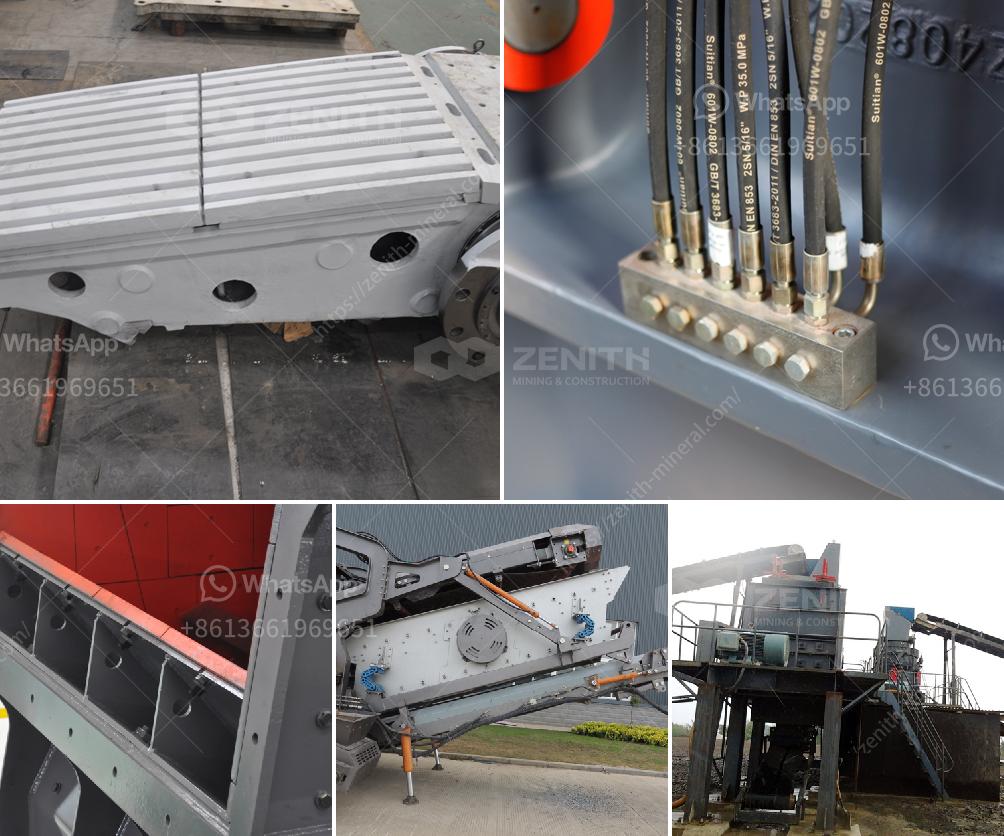Balancing a cement mill separator involves optimizing its performance to achieve a consistent product quality and efficient operation. Here are the steps to balance a cement mill separator:
-
Understand the Separator Functions: Recognize that the separator is crucial for classifying the mill product and returning the coarse material for re-grinding while allowing the fine particles to exit as the final product.
-
Data Collection:
- Measure the airflow through the separator.
- Check the feed rate and the fineness of the material.
- Monitor the feed and reject flow rates.
- Measure the differential pressure across the separator.
-
Conduct an Inspection:
- Inspect the condition of the separator's internal components, such as blades and guide vanes, for wear or damage.
- Ensure there are no blockages or build-ups inside the separator.
-
Adjust the Separator Speed:
- The rotational speed of the separator influences the cut size (fineness). Increase the speed to reduce the cut size (finer product) and decrease it for coarser products.
- Balance the need for fineness without compromising throughput and system pressure.
-
Modify the Vane Position:
- Adjust the angle or position of the separator blades or vanes to control the airflow and the particle separation efficiency.
- Optimal vane positioning helps in achieving the desired product fineness while maintaining operational efficiency.
-
Optimize Airflow:
- Regulate the airflow through the separator using damper positions or adjusting the fan speed.
- Ensure there is sufficient airflow to carry the fine particles out of the separator without allowing coarse particles to escape.
-
Fine-tune the Recyclable Material Ratio:
- Adjust the amount of material being recirculated back to the mill to ensure consistent granulometry. Too much recirculation can lead to over-grinding, while too little can compromise cement quality.
-
Monitor System Parameters:
- Consistently monitor parameters like feed rate, separator speed, and differential pressure for stability and performance.
- Regularly sample and analyze the product fineness to ensure it meets the required specifications.
-
Trial and Adjustment:
- Implement changes gradually and assess their impact on separator balance.
- Fine-tuning involves a series of trial-and-error adjustments to achieve optimal performance.
-
Documentation and Training:
- Keep a detailed log of all adjustments and their outcomes to guide future troubleshooting.
- Train operating personnel on the importance of maintaining balance and the procedures for adjustments.
By systematically adjusting and calibrating these variables, you can achieve a balance in your cement mill separator that ensures high-quality output and efficient operation.
These methods should help you achieve an optimal balance. If complex issues persist, consider seeking advice from equipment manufacturers or experts in cement milling.

